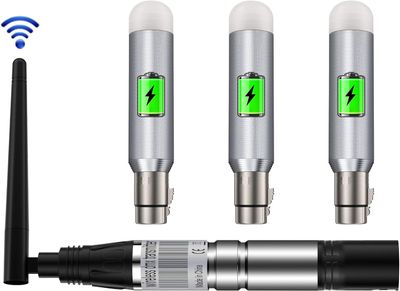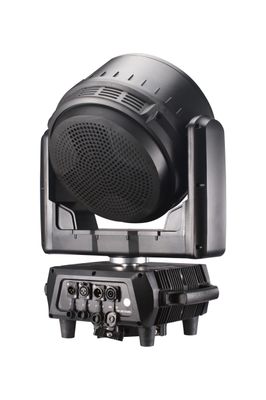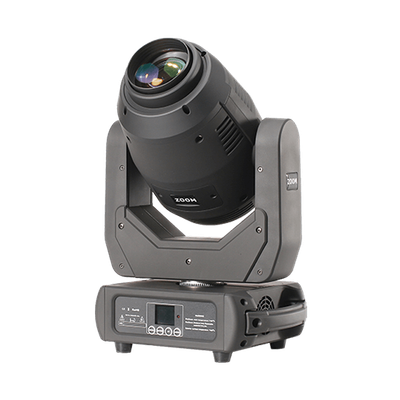Professional stage lights are essential accessories for stage performances, concerts and other visual productions. These light sources not only illuminate the stage, but are also able to create a mood, support the storytelling and direct the attention of the spectators.
The main types of professional stage lights:
Moving head lamps: Extremely versatile devices that can be used to change the color, intensity, direction and focus of the light. It is often used to illuminate different points of the stage, as well as to create special effects.
LED panels: They provide uniform, soft light and are often used as background lighting or wash light. LED panels of different colors and sizes are available, so they are suitable for lighting different areas of the stage.
Profile spotlights: They provide a narrow, sharp beam of light and are often used to illuminate actors. With the help of profile reflectors of different sizes and shapes, the faces and bodies of the actors can be precisely illuminated.
Fresnel reflectors: They provide a wide, soft beam of light and are often used to illuminate sets. Fresnel reflectors can be used to evenly illuminate large areas.
Ellipsoidal reflectors: Produce a narrow, controllable beam of light and are often used to illuminate distant objects or the background.
Strobes: They produce short, intense flashes of light that can be used to create dynamic effects.
Lasers: They project colored, concentrated light beams that can be used to create special visual effects.
Features of professional stage lights:
High brightness: Stage lights must be able to illuminate large areas, even in strong ambient light conditions.
Wide range of colors: Modern stage lights are able to reproduce the entire color palette, so designers have countless options for creating a color world.
Precise controllability: Stage lights must be precisely controllable so that the light reaches the desired location.
Quiet operation: The stage lights must not make disturbing noise during the performance.
Reliability: Professional stage lights must be long-lasting and work reliably.
The role of stage lights in the performance:
Setting the mood: Lights can be used to create the atmosphere of romance, drama, comedy or horror.
Illusion of space: Lights can be used to create depth and distance on stage.
Direction of attention: The lights can be used to direct the attention of the viewers and highlight important moments.
Definition of style: The style and atmosphere of the performance can be emphasized with the lights.
Design and operation of stage lights:
Designing and operating stage lights is a task that requires expertise. The designer must consider the style of the performance, the sets, the costumes, and the dimensions of the stage. And the operator must ensure that the lights work as planned during the performance.
Display prices in:EUR










